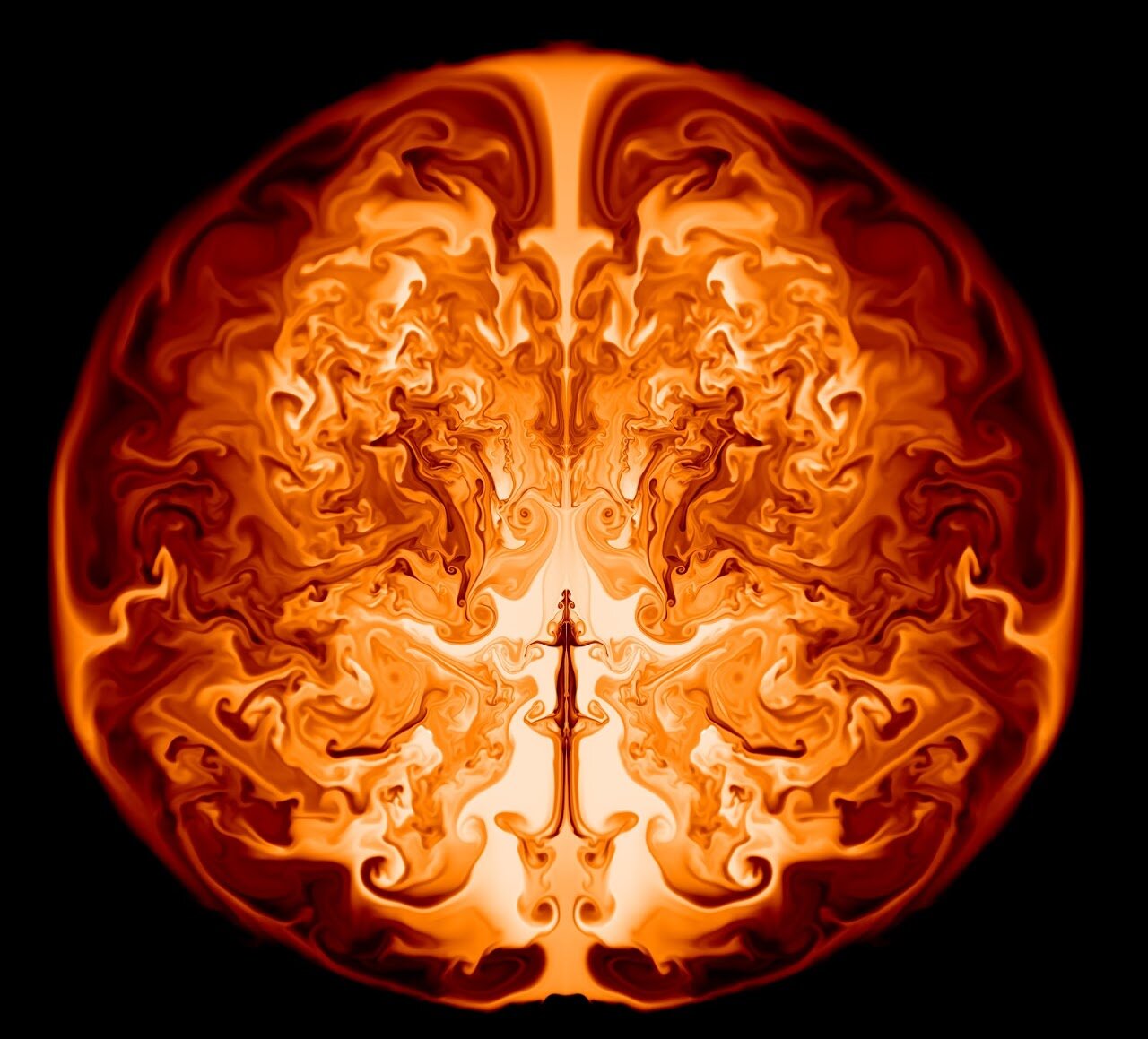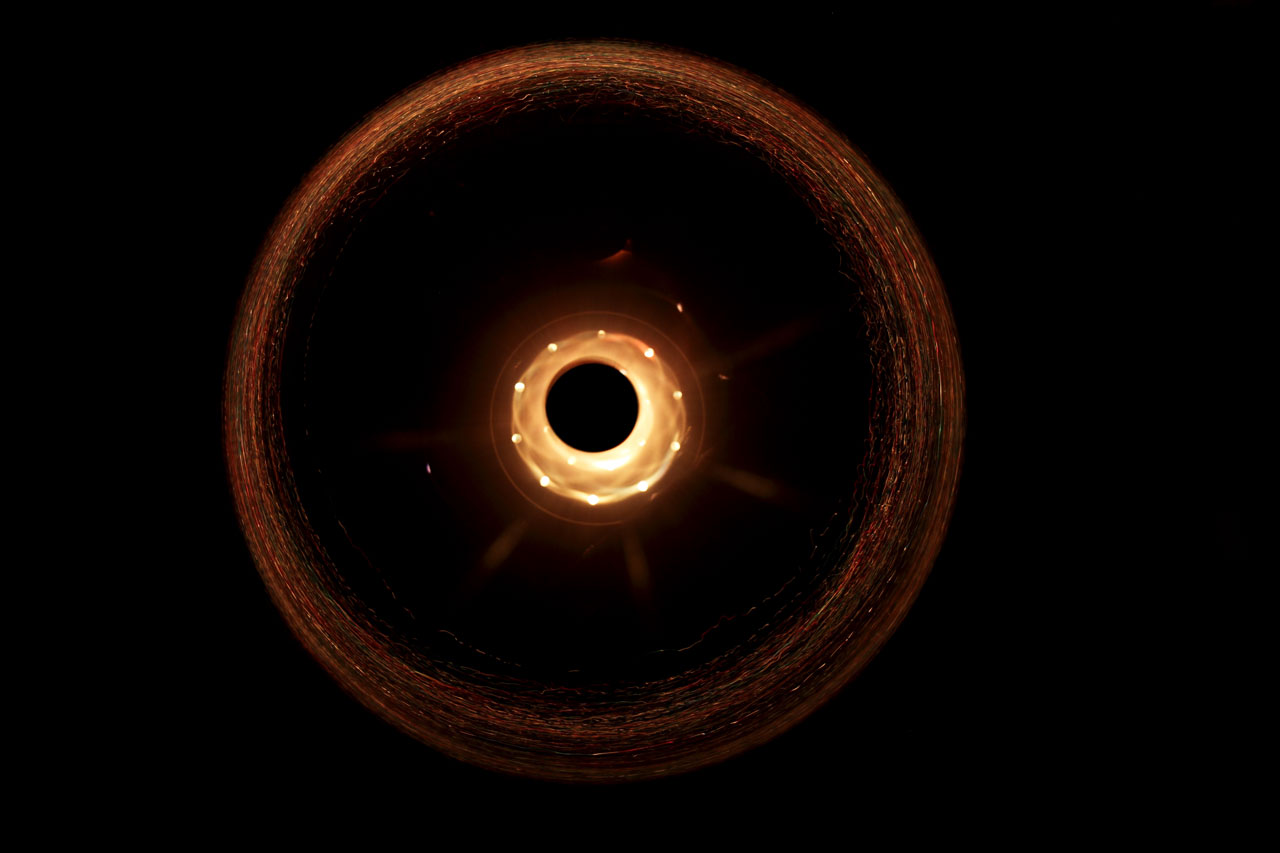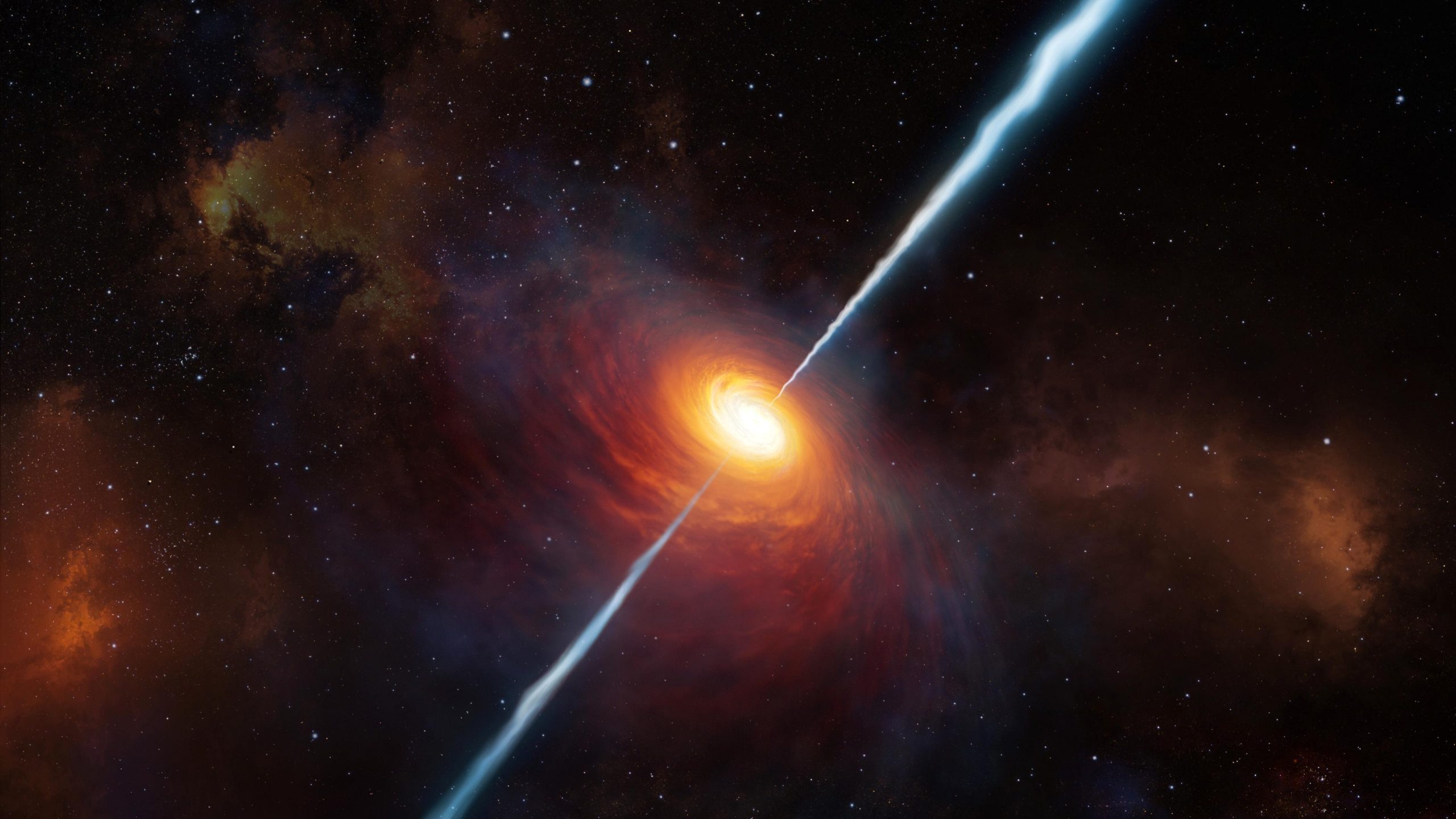And here's another article:
Massive stars in the early universe may have been progenitors of super-massive black holes

Assistant Research Fellow, Ke-Jung Chen from ASIAA Taiwan proposed a relativistic instability supernova from a primordial supermassive star (10 4 –10 5 solar masses) in his 2014 research paper . "There may be a small number of the first stars in the early universe with tens of thousands of solar masses . They are likely to be the progenitors of supermassive black holes in galaxies.
But how to prove these massive stars once existed? This is an observational challenge, because most of these supermassive stars are to collapse into black holes. Based on the supernova model proposed by Chen, the research team performed a new radiation transport simulation and found that the upcoming JWST mission has a chance to observe this supernova!
What's the Connection Between Stellar-Mass Black Holes and Dark Matter? - Universe Today

Imagine you are a neutron star. You’re happily floating in space, too old to fuse nuclei in your core anymore, but the quantum pressure of your neutrons and quarks easily keeps you from collapsing under your own weight. You look forward to a long stellar retirement of gradually cooling down. Then one day you are struck by a tiny black hole. This black hole only has the mass of an asteroid, but it causes you to become unstable.
According to new research published in Physical Review Letters , this scenario might happen from time to time, and it could explain dark matter and the smallest black hole we’ve observed.
Astronomers detect a black hole on the move | EurekAlert! Science News

IMAGE: Galaxy J0437+2456 is thought to be home to a supermassive, moving black hole. view more
* * *
Scientists have long theorized that supermassive black holes can wander through space--but catching them in the act has proven difficult.
Now, researchers at the Center for Astrophysics | Harvard & Smithsonian have identified the clearest case to date of a supermassive black hole in motion. Their results are published today in the Astrophysical Journal .
In case you are keeping track:
Scientists created a black hole to prove Hawking radiation

Black holes often venture into that realm. With these collapsed stars — at least most of them are — being impossible to fly a spacecraft into (unless you never want to see it again), one physicist decided that the best way to get up close to them was under a literal microscope. Jeff Steinhauer wanted to know whether black holes radiate particles like the late Stephen Hawking theorized they would.
"We have to understand how we see the Hawking radiation sound waves falling in and coming out," Steinhauer, who co-authored a study recently published in Nature Physics , told SYFY WIRE. "They should be very slight. Seeing this radiation from a real black hole is too weak and would be totally overpowered by other sources of radiation, which is why we want to see it in an analog system."
NASA finds proof of particle jet coming from black hole
Astronomers Discover Evidence For Long Jet of Particles Coming From A Supermassive Black Hole!

NASA recently revealed that astronomers have discovered evidence for an extraordinarily long jet of particles coming from a supermassive black hole in the early universe with the help of NASA's Chandra X-ray Observatory.
The source of this jet is a quasar i.e. a rapidly growing supermassive black hole – named PSO J352.4034-15.3373 (PJ352-15 for short) located at the centre of a young galaxy.
* * *
The image of this jet has been shared by NASA on its official NASA Chandra X-ray Instagram page. The caption for the image states that "the source of this 160,000-light-year-long jet is a rapidly growing supermassive #BlackHole, or quasar, located about 12.7 billion light years away from Earth. X-rays detected from the jet were emitted when the #Universe was only 0.98 billion years old — less than 1/10 of the Universe's present age.
New Clues About Early Universe From Black Hole Powered Cosmic Jet 13 Billion Light-Years From

Artist’s conception of the distant quasar P172+18, with its jets of particles propelled outward at nearly the speed of light. Credit: ESO/M. Kornmesser
The studies indicate that the quasar — a galaxy harboring a black hole 300 million times more massive than the Sun — has a jet of fast-moving particles only about 1,000 years old. While other quasars have been found at its distance and beyond, it is the first found at such a distance with the strong radio emission indicating an active jet. Only a small fraction of quasars have such jets.
Happening on Twitter
With the assist from our good friend @ChandraXray, astronomers have discovered evidence for a long jet of particles… https://t.co/4BA2gFpOFv NASA (from Pale Blue Dot) Tue Mar 09 18:59:00 +0000 2021
Gigantic jet spied from black hole in early #universe @ChandraXray @AAS_Publishing https://t.co/hMa7L60eb8 physorg_com Tue Mar 09 20:31:32 +0000 2021

No comments:
Post a Comment